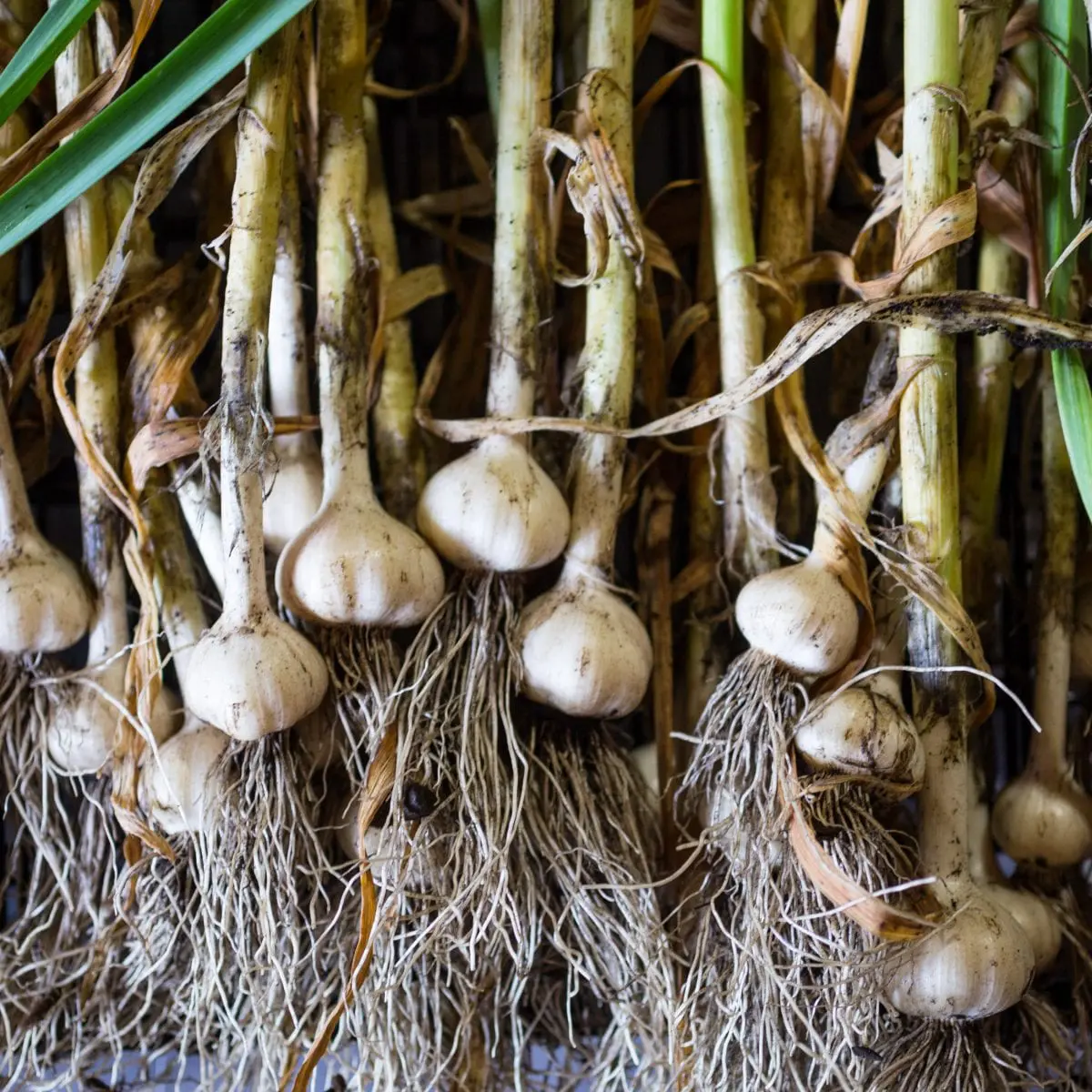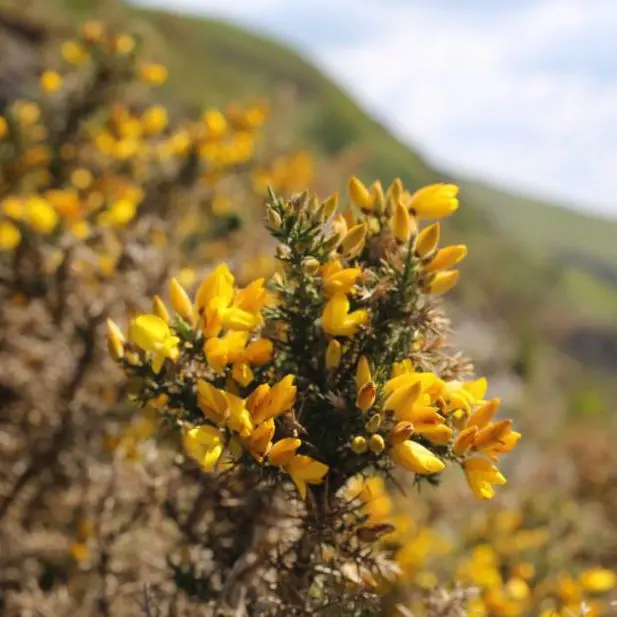Skip to content

Garlic! A garden success story (with Easy Roasted Garlic)
Read More

Raising chicks: We’re All Clucked! A video diary
Read More

A brief culinary tour of our (not so recent) trip to England and Wales.
Read More
Making friends with molds for fun and profit
Read More